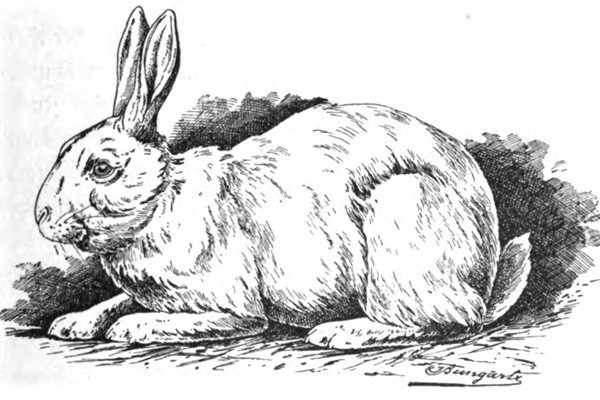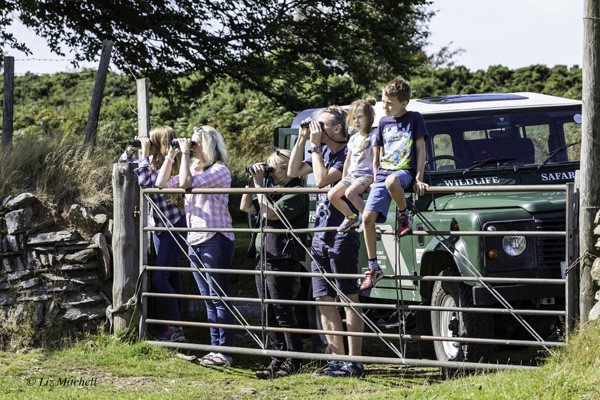Exmoor Legends
There have been many stories and poetry written on or around Exmoor.
The most famous story is a book named Lorna Doone written by R D Blackmore in 1869.
The story is set in the reign of Charles ll and James ll around 1640. Based on fact an folklore it’s a love story of two young people, Lorna Doone and John Ridd. He first noticed her in Dulverton on his way back to his family Farm aged 12. John’s father had been murdered by Carver Doone and he had to come back to run the farm.
They met again in the Doone Valley and fell in love despite Carver Doone and his attempt to destroy the relationship.
There are lots of references to Exmoor and the surrounding area.
The Girl on Codsend Moor is a true story about a sixteen year old girl named Mollie Phillips, who disappeared in the Autumn of 1929, on her way home from the Farm where she worked. She was going to visit her Aunt in Cutcombe but never made it. She was never seem alive again.
Hundreds of Police and locals searched for her, but no trace was found until 1931 when her skeleton was found in a shallow bog. Her body was too decomposed to be able to tell how she died. She was very fit and healthy and so was she murdered? Many people feel she was!
Wheal Eliza, was an unsuccessful copper and iron mine on the River Barle near Simonsbath. It can still be seen today. Mining may have started there as early as 1552. It was originally called Wheal Maria. It was one of the mines taken over by John Knight and his family, they bought around 20,000 Acres of Moorland from the Crown for the iron ore mining.
In 1858 the mine became known as the murder sight for a seven year old girl called Anna Burgess. When her mother died she moved into lodgings with her alcoholic father. The Rev W H Thornton, (1830-1916) the first vicar of Exmoor supported them with money but her father spent the money on alcohol and decided to throw Anna down the mine. The mine was drained at a cost of £350 and her body was found in a bag. Her father found guilty of her murder and later hanged at Taunton gaol in 1859.
There are many other stories written about Exmoor.
Famous Poets have been inspired by the beauty of Exmoor, there is a walk which Samuel Coleridge is said to have walked while writing his poetry. William Wordsworth often joined him on Exmoor.
Many other poets have been inspired by the beauty of Exmoor.

Folklore
Hares are believed to have connections with witchcraft and one folklore story tells of Fanny Pope who kept The Poult Inn at Heathpoult Cross, where there is now a bungalow. She lived with her Grandson, who was often asked by the Hare Hunters if he could find them a good Hare to chase. He always managed to find one and one day the Hunt were suspicious when the lad could be heard shouting ‘ run granny run or they will catch you’ on going to the Inn later they could see Fanny Pope looking like she had been in the brambles and out of breath, maybe she was the Hare! The locals thought so as she was know as a Witch locally. Her Inn mainly supplied wallop to the thirsty miners on the Mineral Line so any extra customers were a bonus!
Another Witch legend was at Oare. Below Oare Manor there was a Holly tree and a gate, which locals connected to a Witch named Molly. Few people liked to go passed this place after dark as Molly may be seen, at only 6 inches tall, standing on the gate or as a White Hare in the lane.

Pixies
‘Not good enough for Heaven not bad enough for Hell’
The Pixes were known locally the little in between folk. There are many places around with the Pixie name in it. Pixie Copse, Pixie Meadow, Pixie Lane, Pixie Rocks.
It was thought by The Earl of Carnarvon that Pixton Estate, Dulverton at one time may have been known as Pixie Town.
Pixie legends was not to be ridiculed as the old Exmoor characters would have been upset with anyone who did.
Many people today listen to the stories with a sceptical smile on their faces. But it wasn’t so long ago there was a very real belief in the little folk. There are tales of Farmers being led astray by mischievous Pixies, of favourite farmers having their corn thrashed at night.
Withypool and Hawkridge were the domain of the Monarch of the Pixies so it was farms around this area that had their corn thrashed. The King of Pixies ruled at Knighton Farm at Withypool.
The Devil
As a thrower of Rocks, the Devil delivered many stones around Exmoor. It was believed that by taking a spadeful of earth from Winsford Hill and throwing it created Dunkery Beacon and also The Punchbowl on Winsford Hill.
He is believed to have built Tarr Steps the iconic ancient clapper bridge over the River Barle, he was said to have the sunbathing rights on the bridge!




